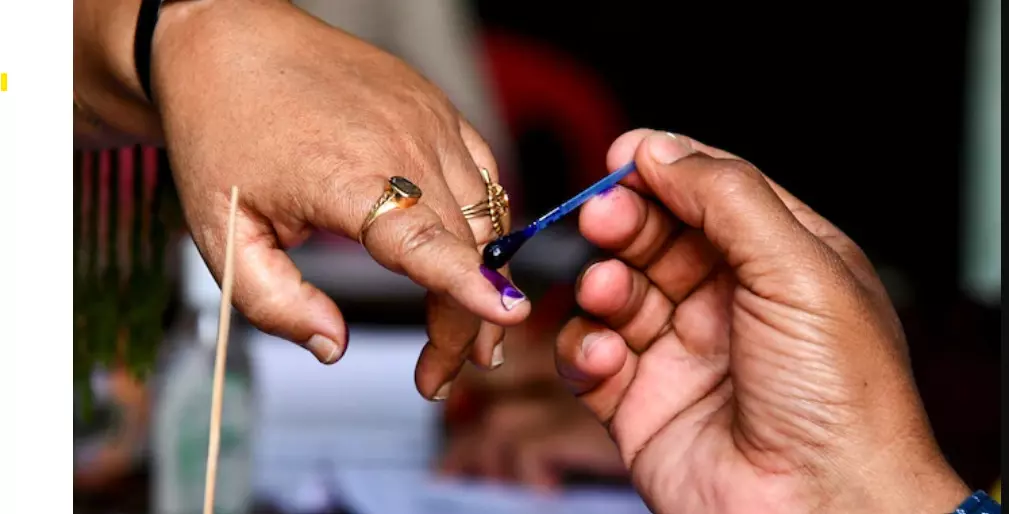Ambiguous path to clarity?

India, fondly dubbed as the ‘mother of democracy’, is no stranger to the ceaseless cycle of elections. With 28 states, eight union territories, and nearly a billion eligible voters, polls have been a constant feature of the nation’s political landscape. Against this backdrop, the debate around feasibility and implications of ‘One Nation, One Election’ has been reignited with the introduction of two related bills in the Parliament.
On paper, the ONOE idea seems logical. Holding simultaneous elections for the Lok Sabha and state assemblies could indeed reduce campaign costs and strain on administrative resources, and ensure more focused governance. Supporters of the idea view it as a ‘game-changer’—their argument being it could boost India’s GDP by up to 1.5 per cent, as projected by former President Ram Nath Kovind-led committee. Here, it may also be pertinent to note that the Centre-ruling BJP has been backing, in fact pushing, this idea for quite a long time. Vociferously criticised by the Indian National Congress and other opposition parties, the issue has, obviously, created a rigorous political slugfest.
It cannot be denied that beneath the surface of the ONOE proposal simmers a disturbing network of challenges and concerns. Critics have already warned that simultaneous elections could undermine India’s federal structure, which would lead to centralisation of power and weakening of state autonomy—a deadly blow to India’s much-cherished principle of federalism. It is an unanimously accepted fact that India’s democracy thrives on its diversity, and regional parties often serve as critical voices for local aspirations. Aligning all elections risks tilting the balance in favour of national parties, potentially marginalising regional voices and eroding democratic accountability. This is the biggest and most notable criticism that questions the intent behind the introduction of the Bills in the parliament, as well as its structural inadequacies. The logistical challenges of implementing this system are indeed massive. India’s electoral machinery would need substantial investment in voting machines, paper audit systems, and security personnel to ensure a seamless process for nearly 900 million voters. A 2015 report suggested that new equipment alone could cost over 92 billion rupees. The government and Ramnath Kovind Panel have thus far failed to explain how they will cover the new expenses, and whether it will really be as inexpensive as it is made to look like. Furthermore, synchronising terms of existing assemblies and Parliament would require constitutional amendments, ratification by at least half the states, and a consensus that seems elusive in the current political climate. Another major roadblock is the pending delimitation exercise, which can have sharp correlation with the ONOE proposal. Rushing through the scheme before the delimitation exercise takes place could lead to inconsistencies.
The historical precedent of simultaneous elections, practiced from 1951 to 1967, might seem interesting to some, as they cite the same for promoting the idea of ONOE. However, one must not ignore the fact that political instability and early dissolutions of state assemblies back then had led to the staggered elections we see today. Reviving the old system would demand significant political deft and coordination among India’s diverse political spectrum. An all-round consensus is required to avoid the recurrence of the same disorder, in case ONOE becomes a reality.
India’s democratic framework offers a delicate balance of unity and diversity, as well as central authority and regional autonomy. Any reform, especially one as sweeping as simultaneous elections, must prioritise inclusivity and consensus. Rushed decisions risk alienating sections of the population. Ultimately, it can be said that the essence of democracy lies in representing the will of the people, not in imposing uniformity for convenience. While the vision of ‘One Nation, One Election’ is ambitious, its success depends on whether it strengthens or stifles the democratic spirit that makes India unique.



